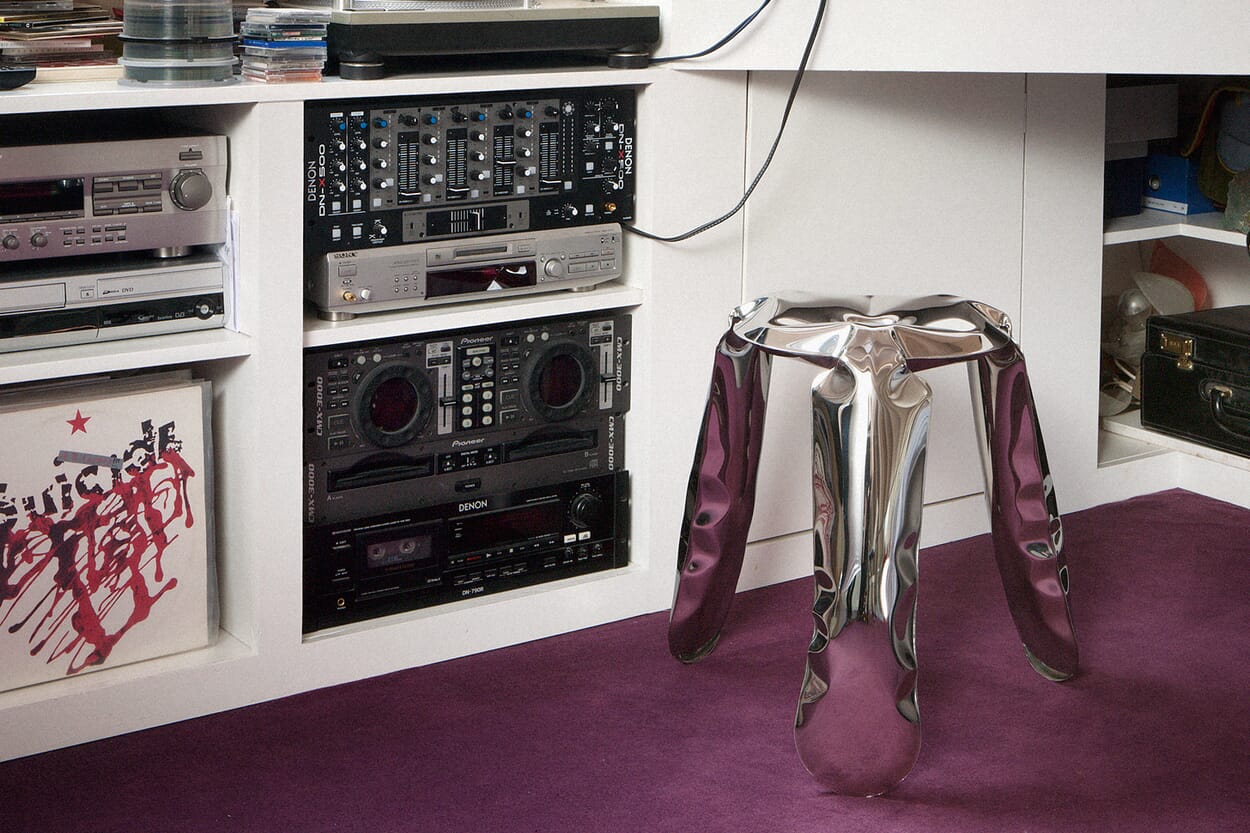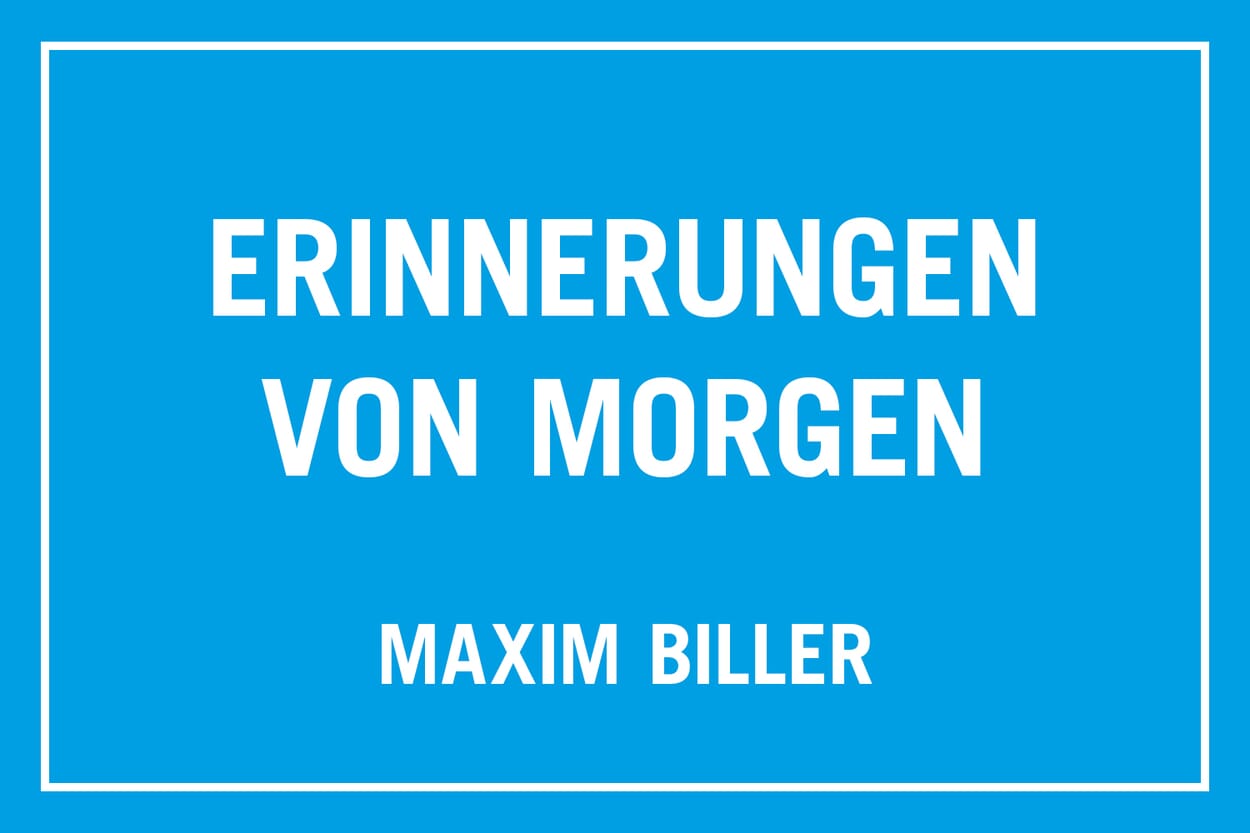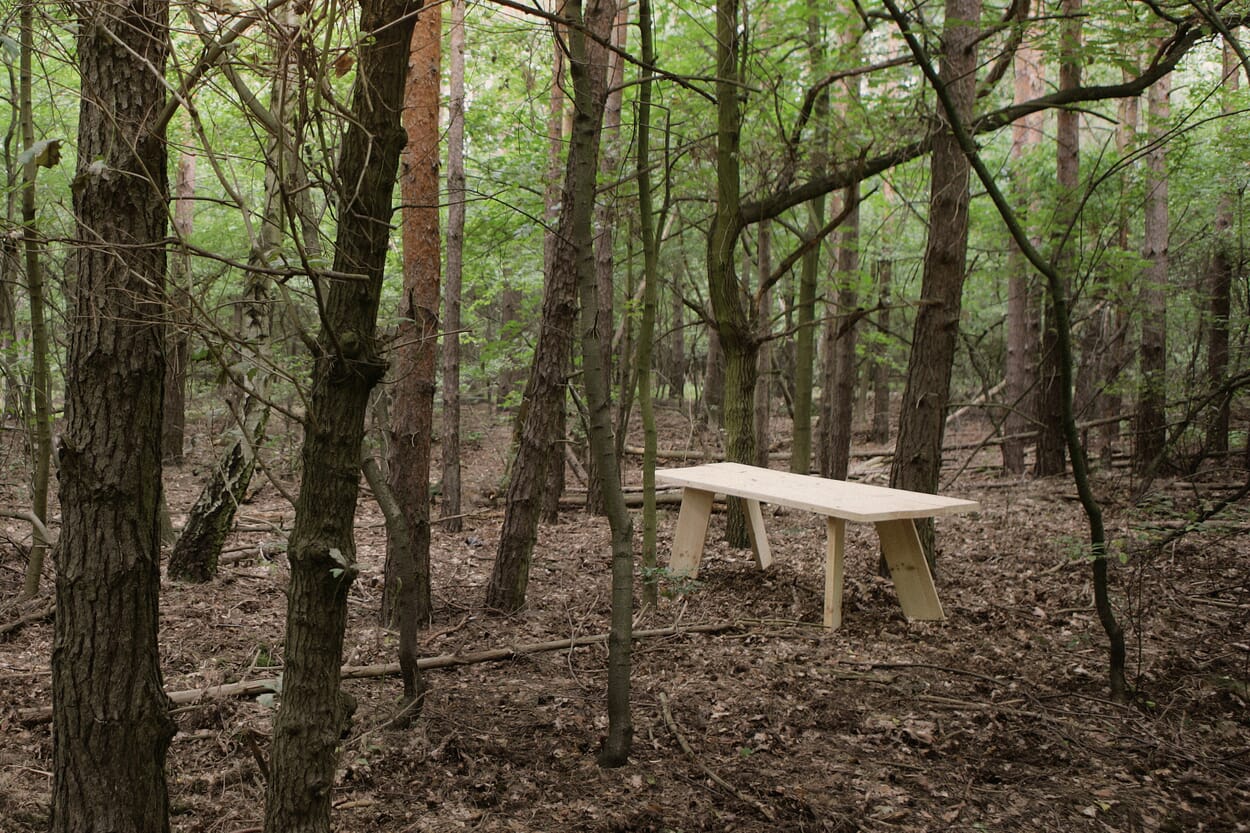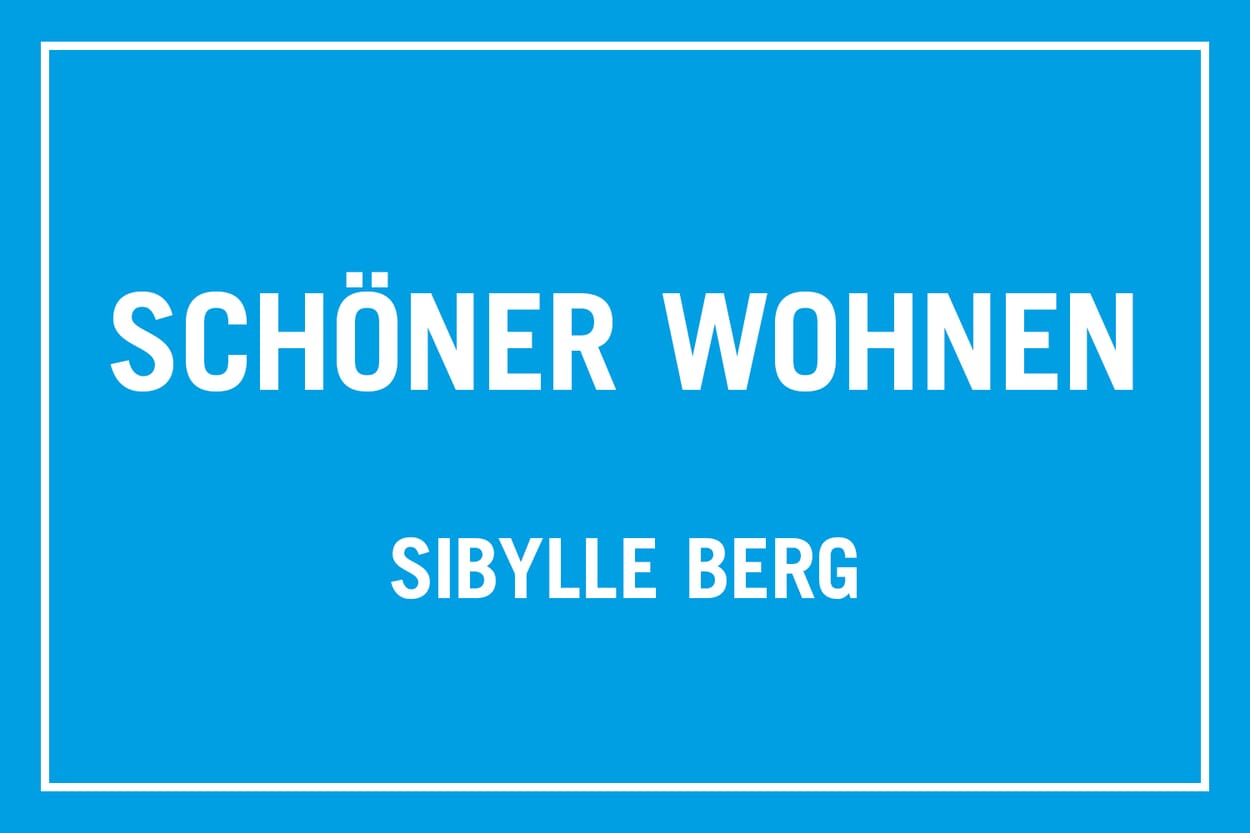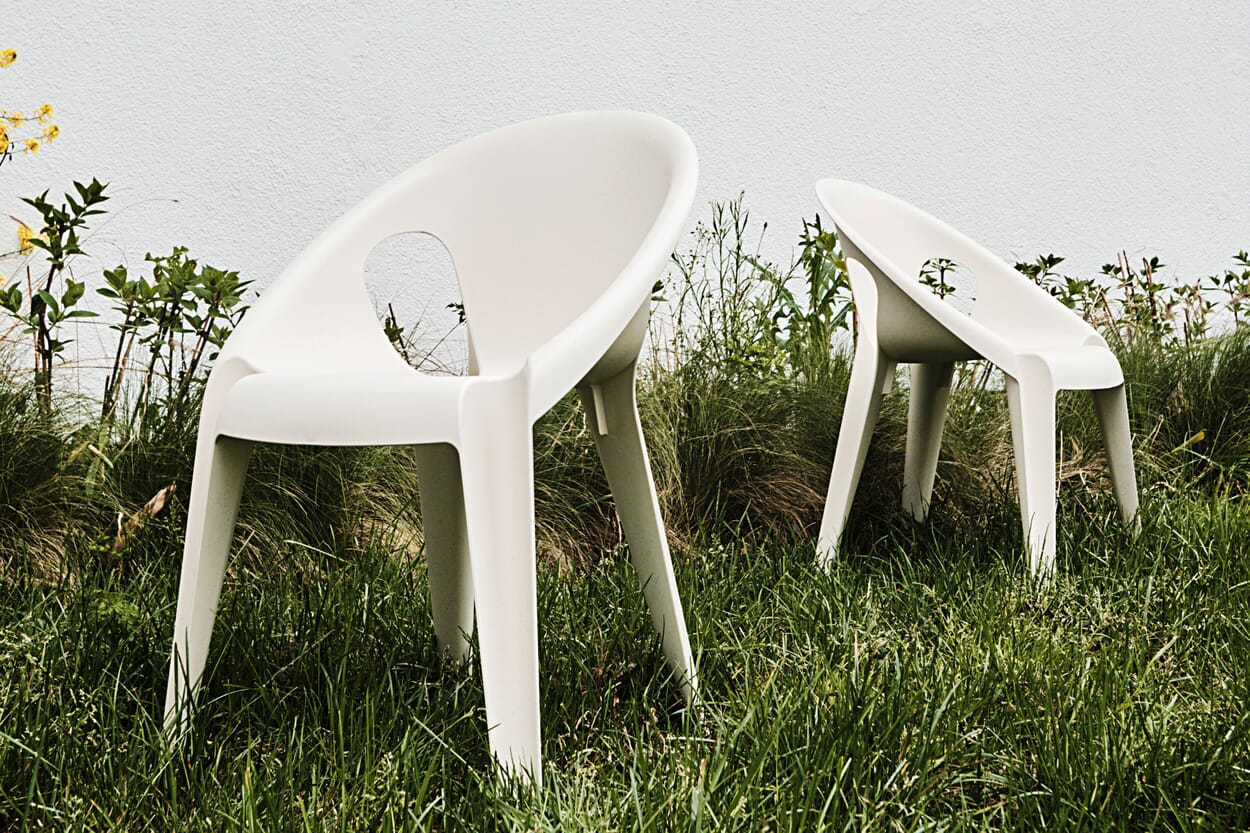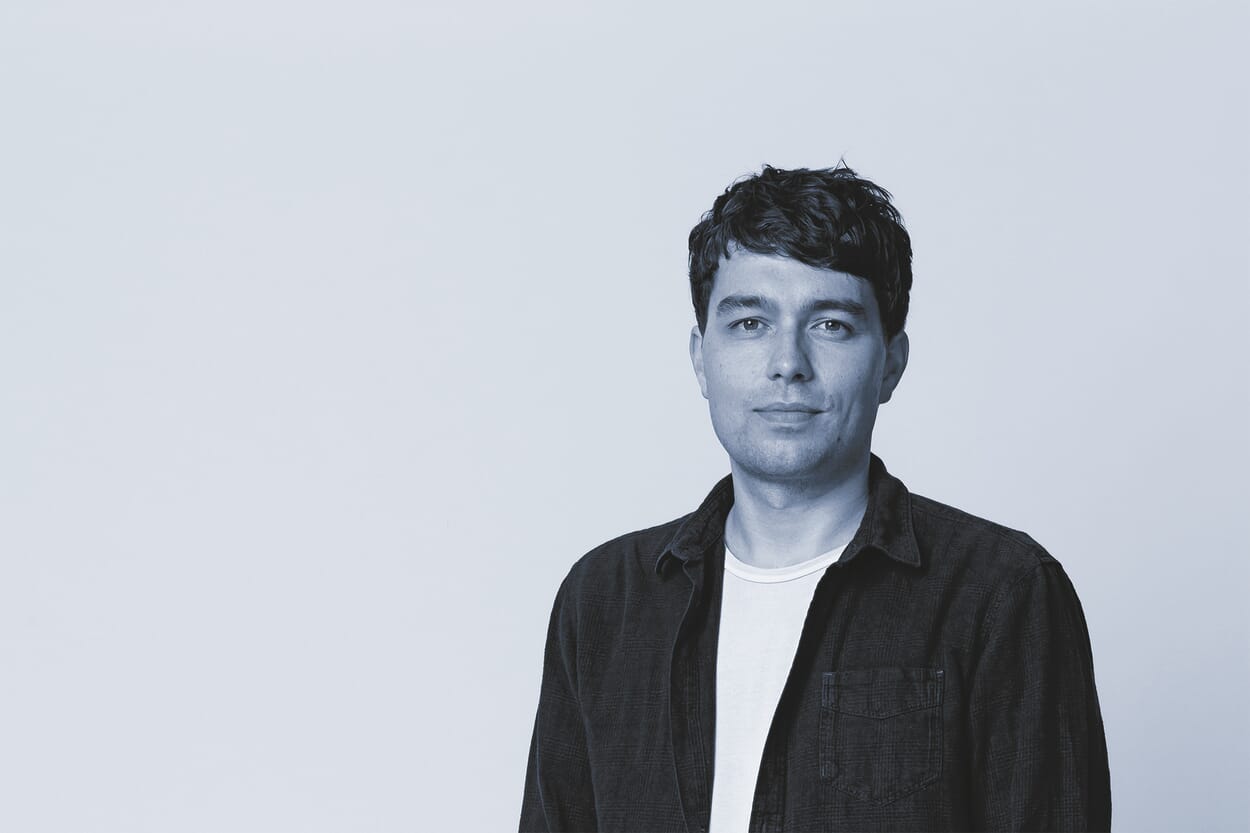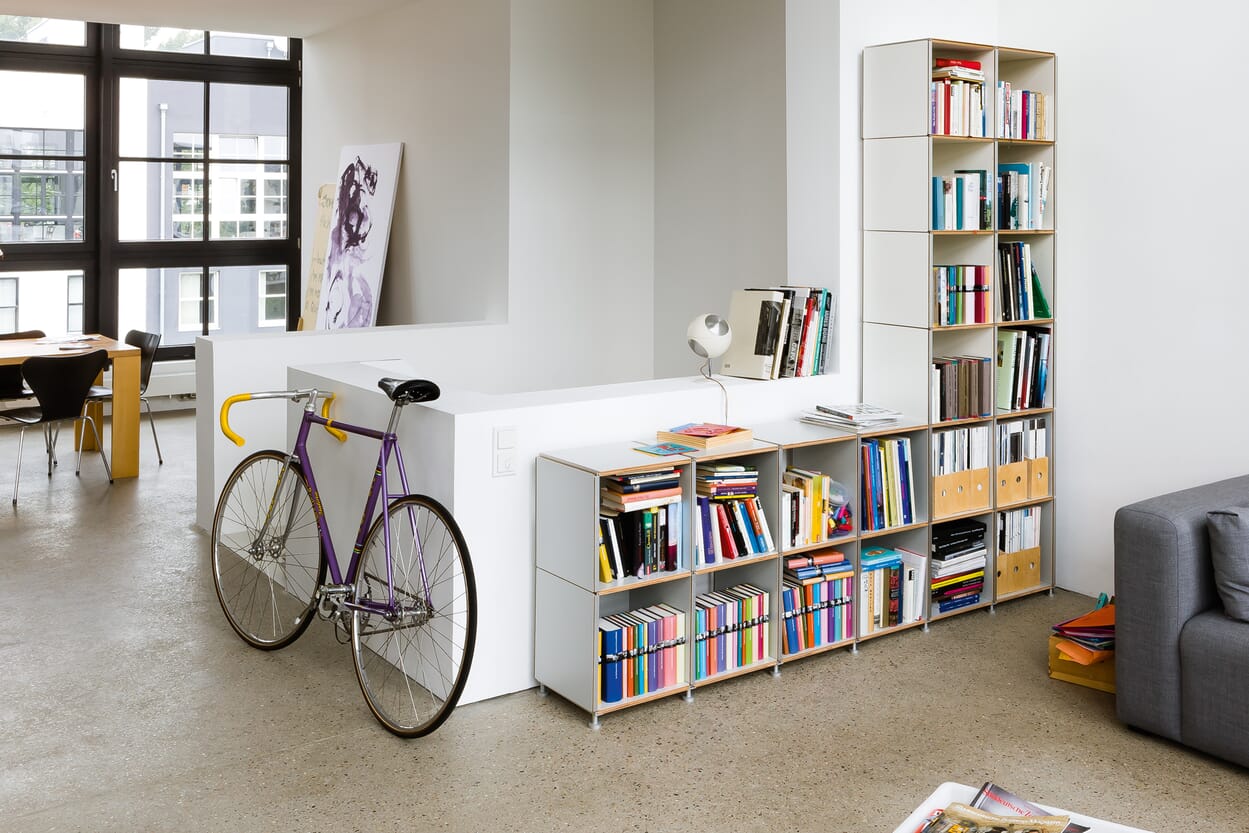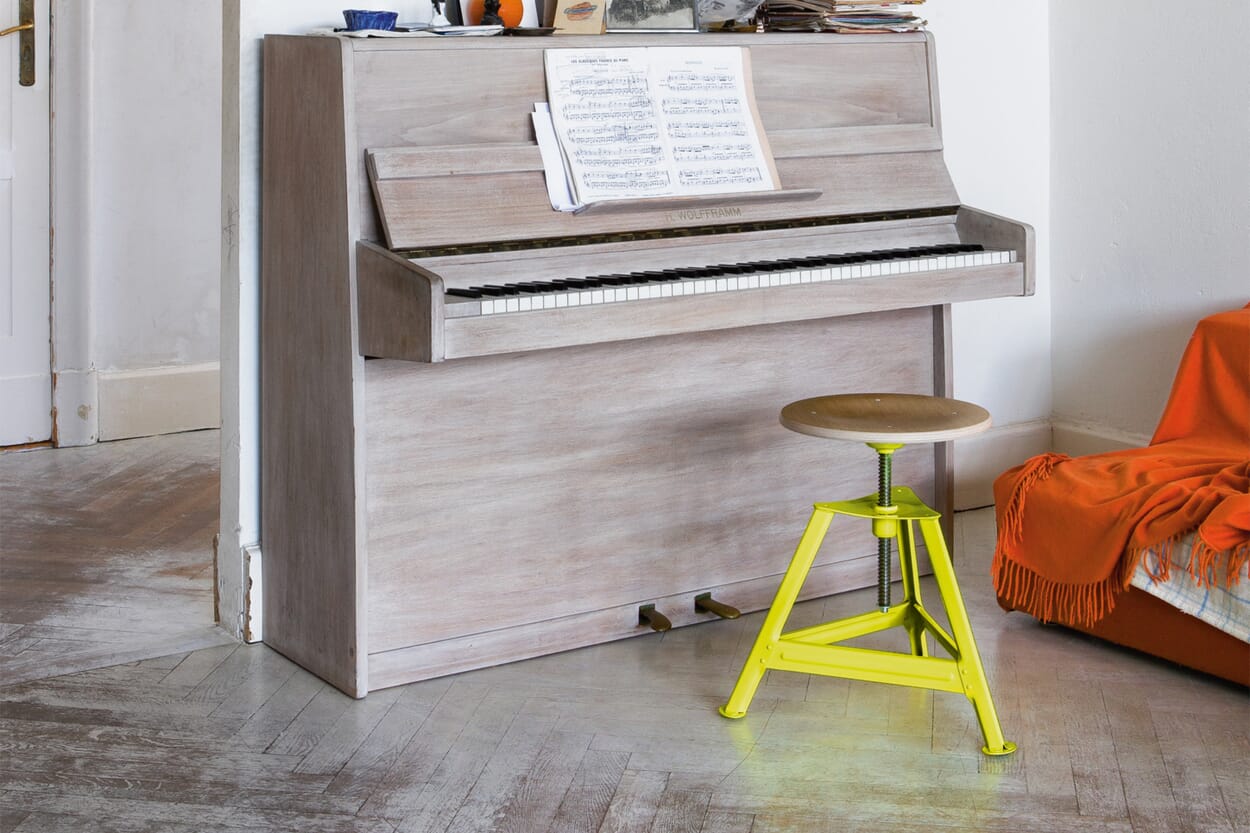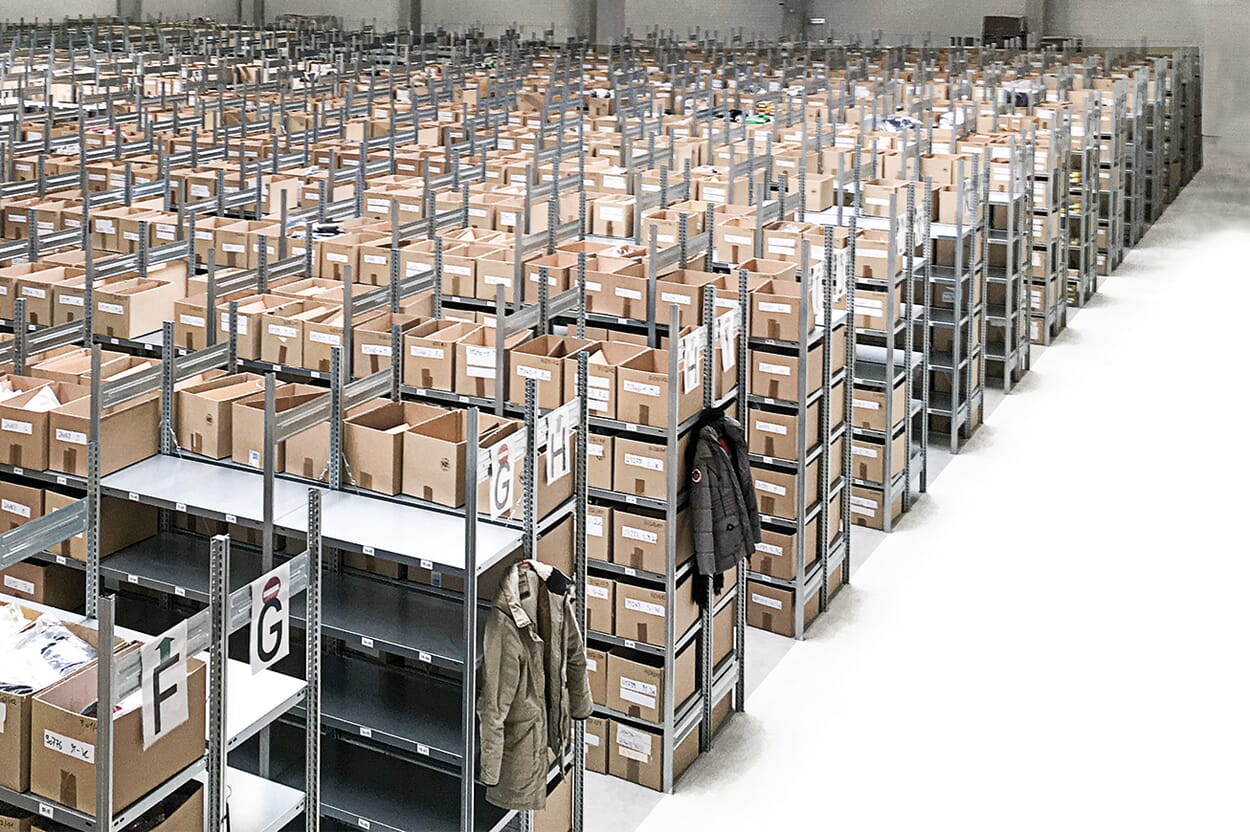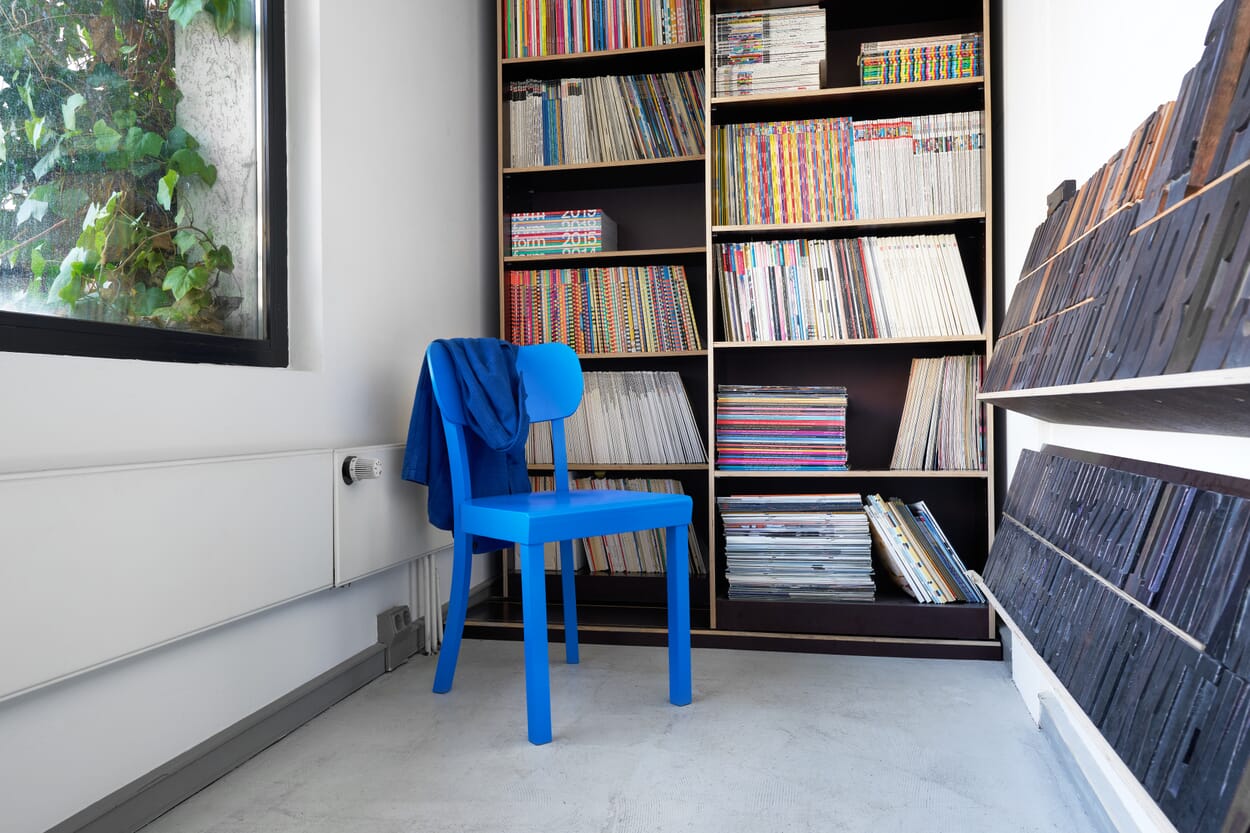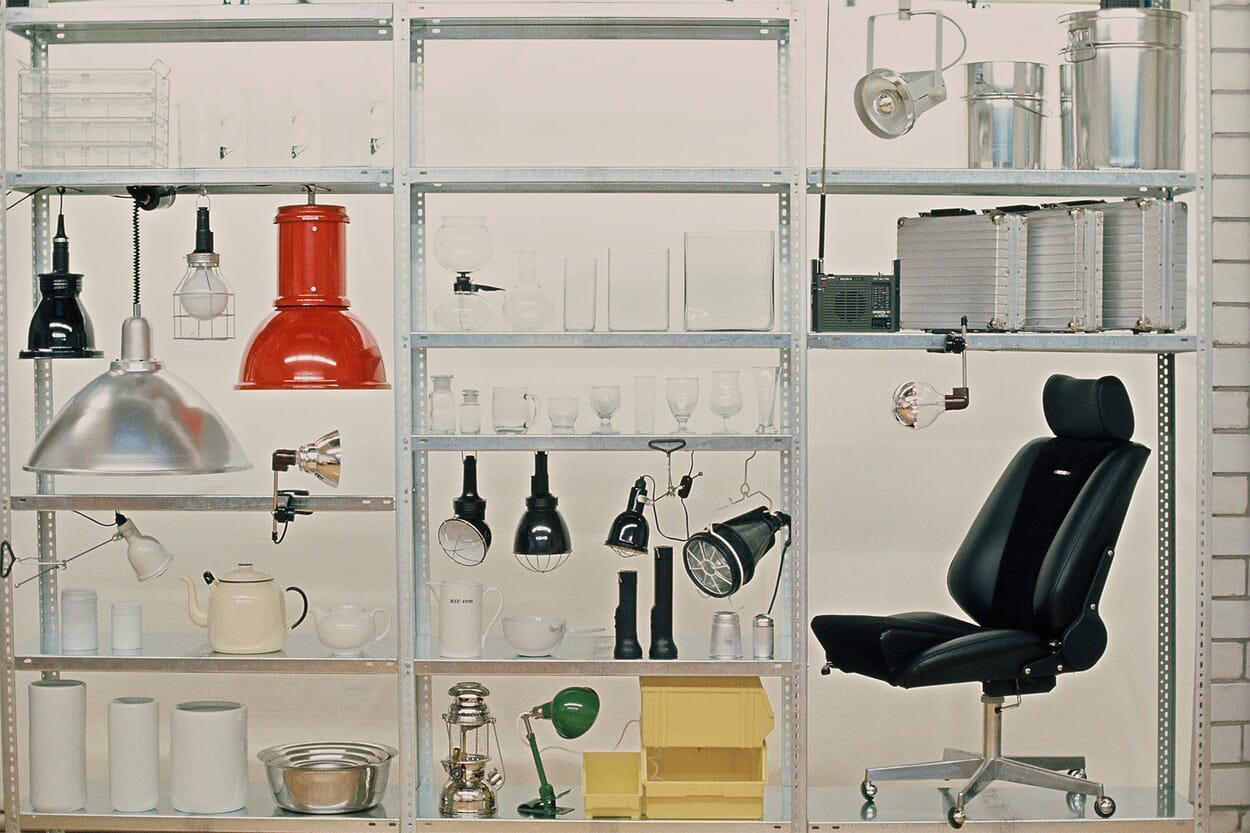Design history(ies)
We tell design stories: from anecdotes about products and their designers, to interviews with long-time and new companions, to finds from the MAGAZIN archive. Look forward to glimpses into our digital and analog shop windows.
DESIGN STORY(IES)
There are chairs that have taken their place in our collective consciousness as a matter of course. "Of course I know that one." "Oh yes, that one." "Well, we have that one too." Immovable classics and timeless contemporaries that were designed back then and are just as relevant and popular today as they were back then. The FRANKFURTER KITCHEN CHAIR is part of this phenomenon. A clear chair, reduced to the essentials, as calmly coherent as if it had always been there.
DESIGN STORY(IES)
The Polish architect Oskar Zieta describes himself as a process designer. His role models include Jean Prouvé, one of the outstanding designers of the 20th century, who transferred production techniques from industry to architecture and design without sacrificing the aesthetic quality of the result. After studying architecture and completing his doctorate at ETH Zurich, Zieta founded a company for digital sheet metal processing in Poland, with which he conducts research and develops processes and products in a wide variety of areas. Who knows which of his designs will actually make their way into space.
DESIGN STORY(IES)
"Today, it's hard to imagine opening a furniture store for socio-political reasons." A conversation between Stephan Dornhofer (Managing Director MAGAZIN) and Markus Frenzl (design critic, author and professor of design theory at Munich University of Applied Sciences).
Design history(ies)
When my father locked the door of our Prague apartment behind him in April 1971 and drove to the airport, he could have thrown away the key afterwards - because we never returned to Krkonošská 3. Everything we needed was already in Hamburg: comforters, books, a few icons to sell, crockery, cutlery. Everything we didn't need stayed in Prague forever.
Design history(ies)
What do you do when you want to have a party but don't have the right table? You build it. Quite simply. At least if your name is Roland Graf and you spent your childhood in your grandfather's inspiring workshop. It should be clear that, despite all the simplicity, not just any table was created. Because, as we all know, the greatest complexity lies in simplicity. What makes FELDMARK so special, quite apart from its wild, original beauty, is its material reduction and its truly simple construction. The solid wooden table for twelve people consists of just seven planks, which are joined together and held in place with four beechwood wedges.
Do you dream about apartments that often? Sure, that means something, but as I'm a simple minded person, I always take dreams 1:1 and after a successful dream about an apartment, I just think: Wow, that was another nice apartment. If I find an object in a dream that I like, I visit it again and again. At the moment it's an elongated apartment with an old glass roof, heavy wooden planks, libraries, Manufactum furniture (or something like that) and a stream next to the door. With a brook seat, so to speak. In real life, I always live somewhere and am amazed when I visit adults.
DESIGN STORY(IES)
Whether in a Sicilian beach café, a German allotment garden, an African church or a street restaurant in Bangkok, there is hardly a place where the Monobloc is not in use. In Tulum on the Mexican coast, it can even be found as a converted passenger cab. It really does seem as if the omnipresent white plastic chair made from a single piece of plastic is the most popular piece of furniture in the world.
"Utility value and ecological qualities must complement each other." An interview with Philipp Witte from MAGAZIN about sustainability in product development, how he integrates the challenge into his day-to-day work as a product developer and what clever solutions there are in terms of shipping and packaging.
The story began - as usual - with a death: my aunt. Italy. The apartment dissolved. On a Wednesday morning, the furniture arrived in Berlin by freight forwarder. Notification from customs. A huge red container. A small sticker, the writing is blurred, my name. Furniture for me. For me alone. Beautiful furniture. Antique to very antique. 16th century, 1786, 1820 and so on. Dark woods, lots of inlays, great craftsmanship.
Design history(ies)
Sketches of megastructures that spanned entire cities, meadows and coasts enriched the architectural debate worldwide in the 1970s. The drawings and collages by Yona Friedman, Kenzo Tange, Buckminster Fuller and Archigram are still fascinating today due to their radical ideas. Yona Friedman in particular, born in 1923, is not only a French artist and architect, but also a visionary. His manifestos "Architecture Mobile" and "La Ville Spatiale" were trend-setting.
Design history(ies)
Anyone who has a stool like this at their side has it good. Then as now. Because this three-legged stool is not only a helpful companion, its original model is also a small revolution. Certainly for the workforce over 100 years ago. While today almost every second working person spends their working day passively sitting in front of a computer and counting steps and calories with the help of smart devices, things were dramatically different for industrial workers at the turn of the century.
Design history(ies)
Widely used in industry and logistics, warehousing and storage - steel shelving is consistently geared towards its purpose and appears in a wide range of variants and material combinations, preferably in bulk. At MAGAZIN, it has been part of the product range since the very beginning and is even used as a system for interior and store fitting.
DISCOVER MORE
We are celebrating 50 years of enthusiasm for our products and selected range. Look forward to glimpses into our digital and analog shop windows.
In Stuttgart, 50 years ago, MAGAZIN was born. A store, an idea, a program formed an innovative company with stubbornness and perseverance.



